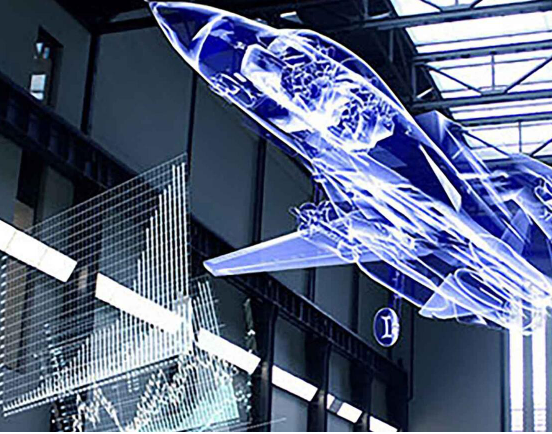One year after the U.S. Government Accountability Office asked the FAA to improve efforts to address community concerns, the FAA has awarded USD19 million in research grants to 14 universities across the nation in an effort to understand and reduce noise pollution associated with aviation, according to a report published by FutureFlight. In the April 6 announcement, the agency revealed the recipients of those grants and the projects they will be working on, which include developing noise abatement procedures, assessing the impact of noise on the environment and communities, and acoustic modelling of new aircraft emerging from the AAM sector.
“Research is the gateway to breakthroughs. With the best minds, we can reduce noise and fly with net-zero emissions by 2050,” said acting FAA Administrator Billy Nolen.
The participating university teams are all members of the Aviation Sustainability Center (ASCENT), a federally funded research organization co-led by Washington State University and the Massachusetts Institute of Technology (MIT). This includes Georgia Tech, Penn State, Stanford, Purdue, Boston University, University of Pennsylvania, University of Illinois, Missouri S&T, University of Dayton, University of Hawaii, University of North Carolina, and the University of Tennessee.
To better understand the noise that will be produced by AAM aircraft and drones, MIT will be developing noise models for a variety of different aircraft designs. Penn State will create acoustic models specifically for urban air mobility vehicles with low-noise operations, such as eVTOL air taxis. Meanwhile, Georgia Tech will be studying how much noise exposure might result from the introduction of large numbers of uncrewed aircraft systems or drones.
The advanced air mobility (AAM) industry aims to begin operating thousands of air taxis, delivery drones, and other types of novel aircraft in the US within the next decade. Along with the rise in the number of aircraft flying in our skies, the amount of noise overall pollution created by the aviation industry seems likely to increase. Developers of new electric airplanes and eVTOL aircraft have touted the low noise profiles of their designs, but the impact that this new source of noise will have on communities and the environment is not well understood.
For more information visit:




